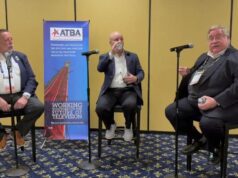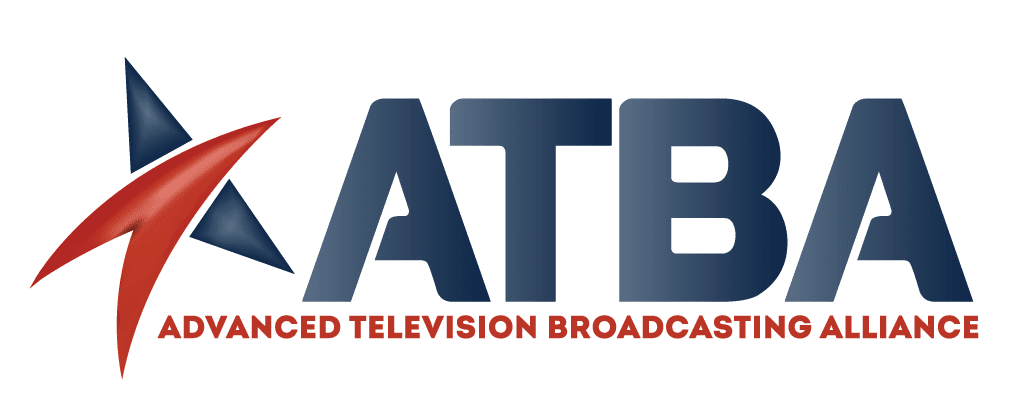WASHINGTON—The Federal Communications Commission is looking to bump up its video-description requirement by 75 percent. The commission will consider a Report and Order at its July 13 open meeting that increases the video-description requirement from 50 to 87.5 hours per calendar quarter for broadcast and cable networks subject to the rule. If approved, the quota would go into effect Jan. 1, 2018.
The FCC said it found “that the need for and benefits of the expanded hours requirement are greater than their technical and economic costs,” which it estimates at $4,202.50 per hour, or a total cost of $315,000 a year for affected operations, because the first rerun also counts against the total. The rules apply to ABC, NBC, CBS and Fox stations in the top 60 TV markets, and USA, TNT, TBS, History, and Disney Channel on pay TV systems with 50,000 or more subscribers.
“For each of these nine networks, $315,000 per year represents a very small percentage of both their programming costs and their net revenues,” the R&O states. Programming aired between 6 a.m. and midnight will count for additional 37.5 hours, versus just prime-time and children’s programming. The increase represents the statutory maximum allowed by the Twenty-First Century Communications and Video Accessibility Act of 2010,” also known as the CVAA. The CVAA restored video description rules first adopted in 2000 and authorized the expansion of those rules over a 10-plus year period.
“Although this is the maximum increase permissible under the CVAA, the total number of hours required per included network will be limited, averaging less than one hour per day,” the R&O stated. That compares to around 6,000 hours a day of programming for the average seeing American.
“Ideally, viewers who are blind or visually impaired would have the same range of options, including the same freedom to select and independently view and follow any of the programming for which they pay. Instead, many find that ‘the current amount of available audio-described content [is] significantly below demand’ and indicate that they have difficulty finding programs with video description,” the R&O stated.














